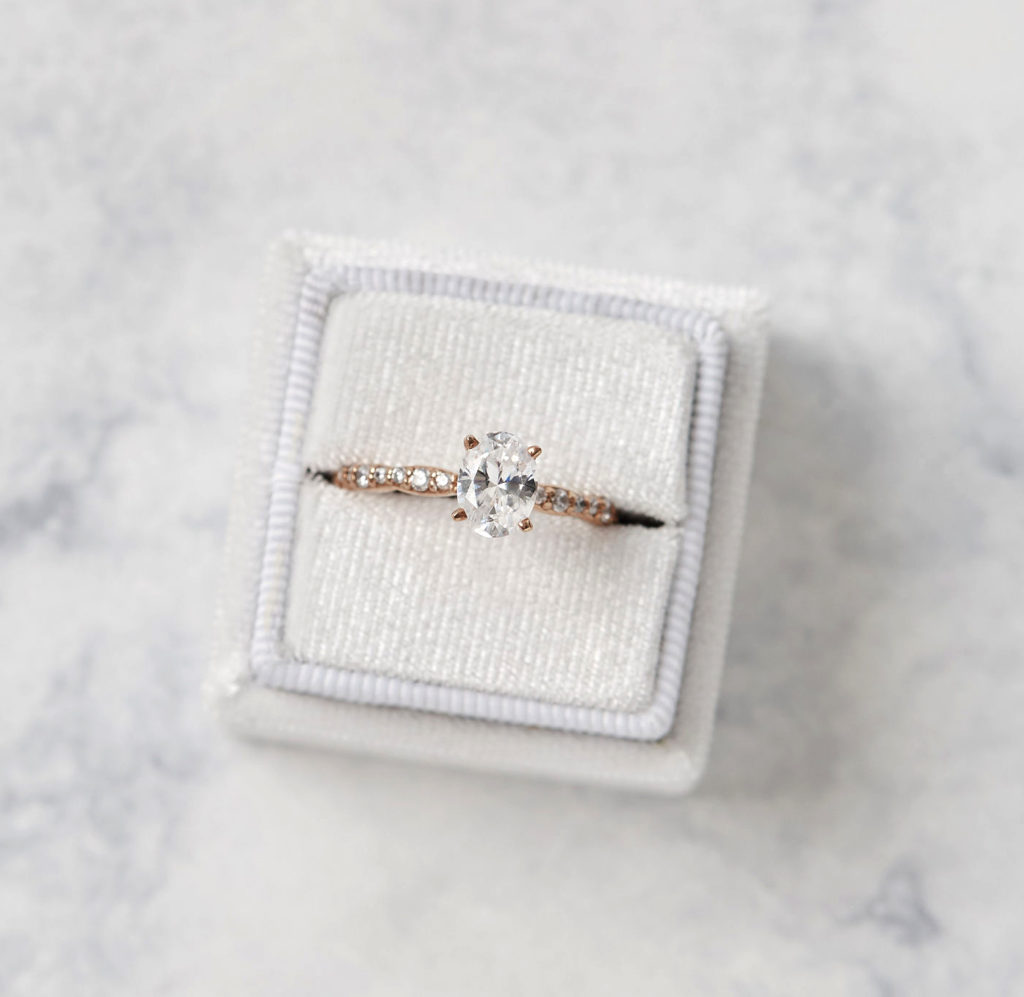
Buying a diamond can be a nerve-wracking experience, especially if you’re inexperienced. That said, the process can be painless and straightforward if you know what you’re doing. Here’s everything you need to know before buying a diamond. Let’s dive in!
What to Know Before Buying a Diamond
Being armed with the right knowledge can make all the difference when making your diamond buying decision. That’s why all diamond buyers should be armed with the fundamentals of this gemstone before filling up their online cart or heading to their local jeweler. To start, you’ll need to know about the 4 Cs and the difference between lab-grown and mined diamonds.
- The 4 Cs: Cut, clarity, color, and carat weight. These are the 4 Cs that will influence the appearance of your diamond, including its brilliance, size, number of imperfections, and colorlessness. Brush up on the 4 Cs before buying a diamond and know exactly what you’re looking for in a stone and maybe where you can give/take (e.g., tons of sparkle, eye clean, sizable, etc.)
- Mined vs. lab-grown diamonds: The only difference between mined and lab-grown diamonds are where they are made. Mined diamonds are made deep within the earth, as carbon is forced under extreme heat and pressure. This process can take up to 3.3 billion years. Lab-grown diamonds are created in the same way in a lab-setting. The result of the process are diamonds that are identical to mined diamonds in every way…expect their price — lab-grown diamonds can be up to 40% less!
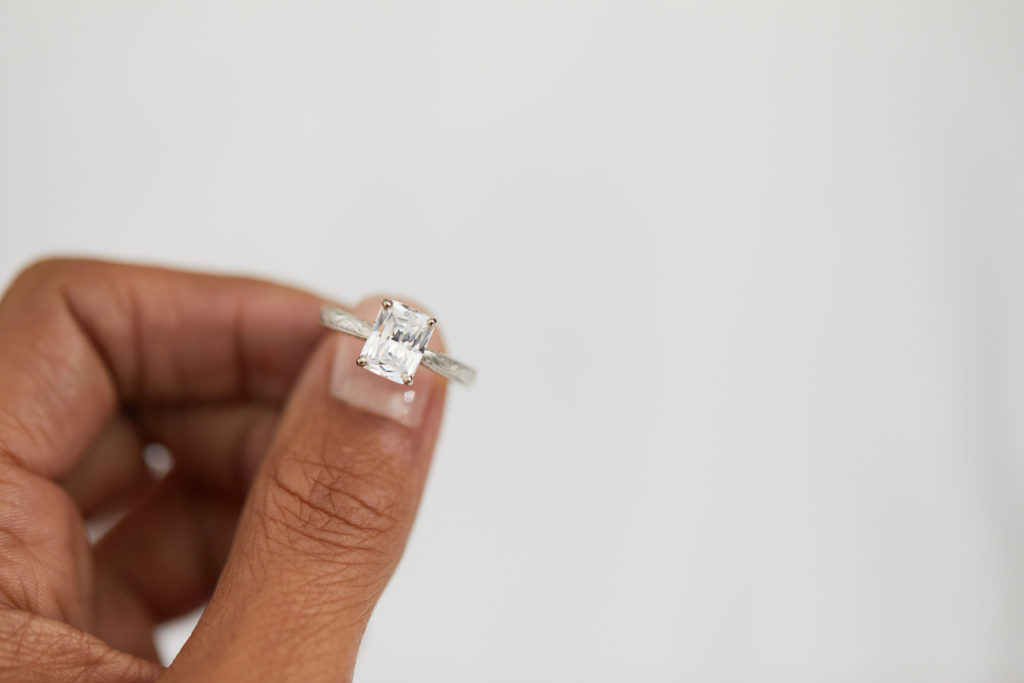
Top Diamond Buying Tips
If you’re building an effective diamond buying strategy, you’ll need to take into account the following purchasing tips and tricks!
- Perform an ‘eye-clean’ test: An ‘eye-clean’ test is necessary because you and everybody else will be viewing your diamond with your plain eyesight, not under the magnification by which diamond clarity is graded. A diamond may not have a stellar clarity grade, but that may be due to blemishes and inclusions that aren’t visible to the naked eye. You may be able to choose a high-quality diamond with a lower clarity grade and save big.
- Go just under a full carat size: Carat size will heavily impact the pricing of your diamond. While many consumers are dead set on purchasing a diamond whose carat weight is a whole number (think, 2 vs. 1.85), this isn’t usually the best strategy. Purchasing a diamond whose carat weight is just under the next full carat size can drastically reduce the cost without having too much of an impact on physical appearance or size. No one will be able to tell the difference without a scale.
- Understand the relationship between the 4 Cs and diamond shape: Diamond shape is one of the most important elements of your diamond purchase. If you have a specific diamond shape in mind, it’s essential to understand how the 4 Cs will impact your diamond’s appearance. For example, a radiant-cut diamond with more of a rectangular body will do a great job of hiding blemishes and inclusions. Whereas an emerald-cut diamond with more of an elongated shape would likely highlight the same imperfections.
How to Make a Diamond Appear Larger
The simplest and most effective way to make your diamond appear larger is to choose the right setting and shape.
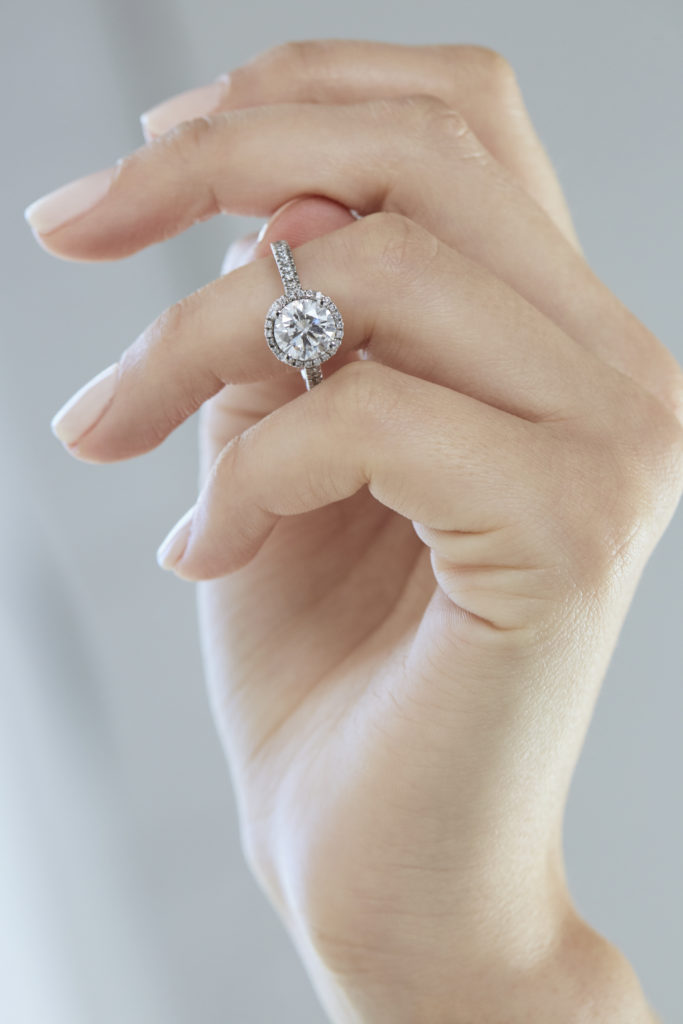
- Halo setting: The halo setting encircles your diamond with smaller diamonds or other gemstones and gives the illusion of a larger center stone.
- Diamond shape: Longer shapes, such as rectangular, pear, or oval diamonds tend to appear much larger per carat compared to a similarly weighted round brilliant diamond.
Conclusion
Whether you’re on a budget or simply looking to get the best bling for your buck, buying a diamond with the right information can help to ensure that you get the most out of your purchase. Good luck!
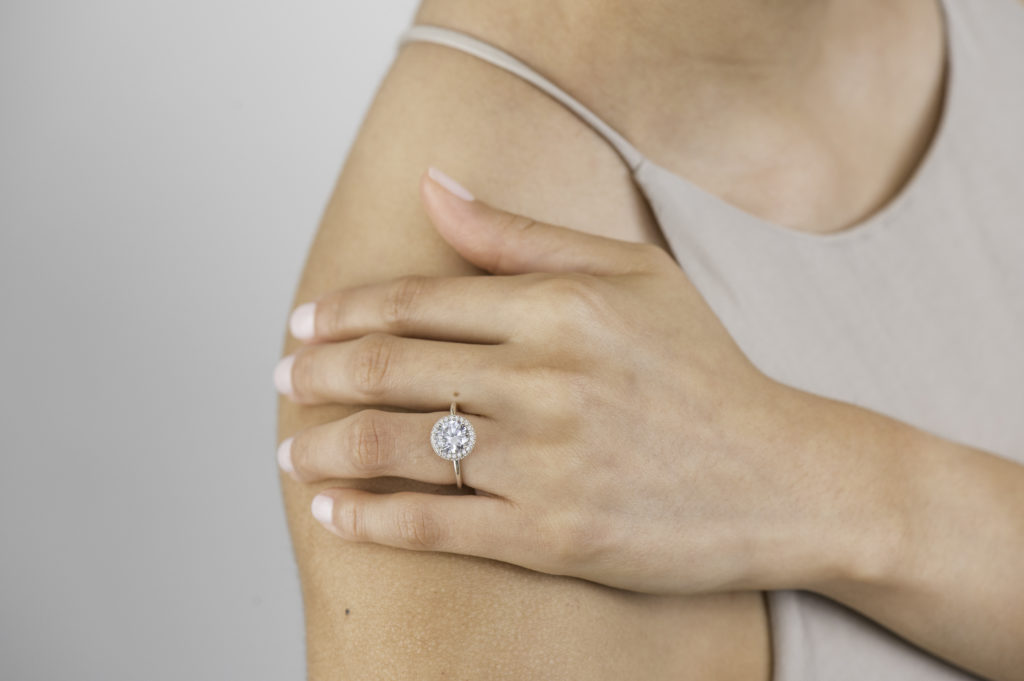








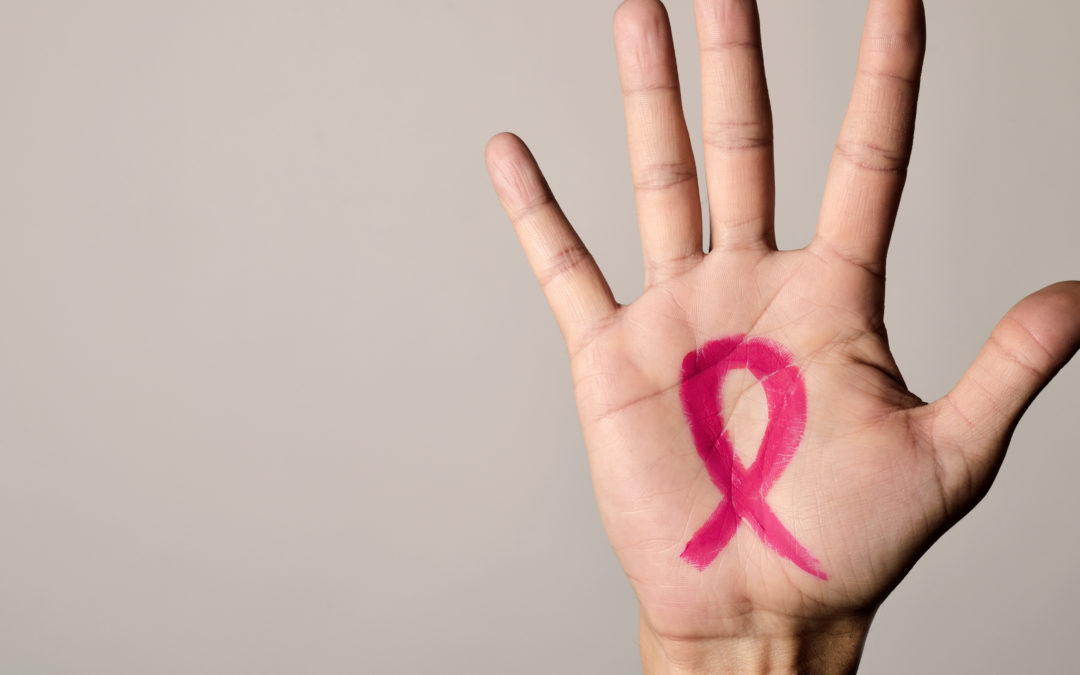
0 Comments